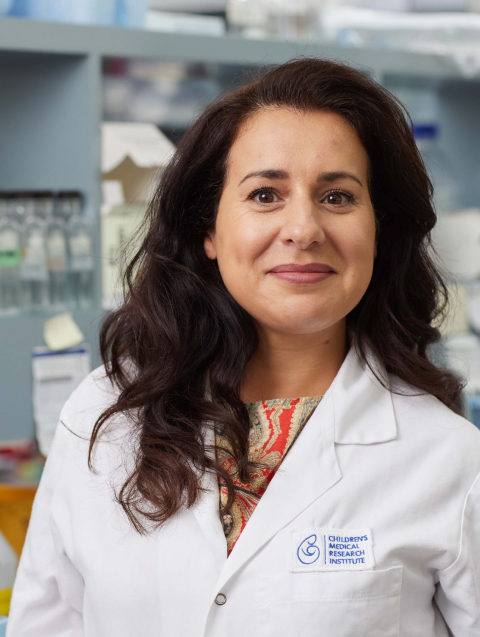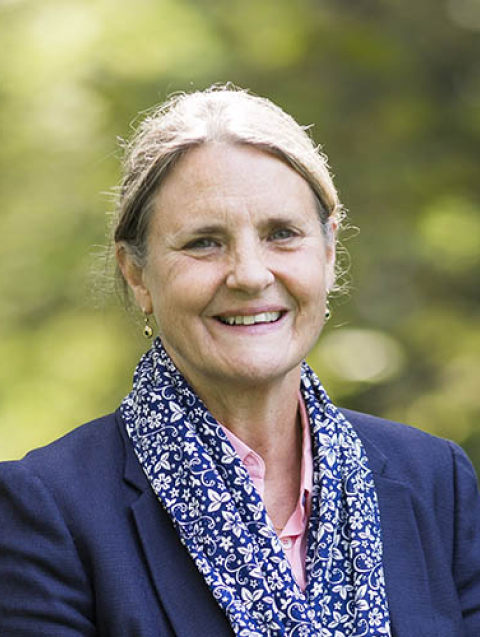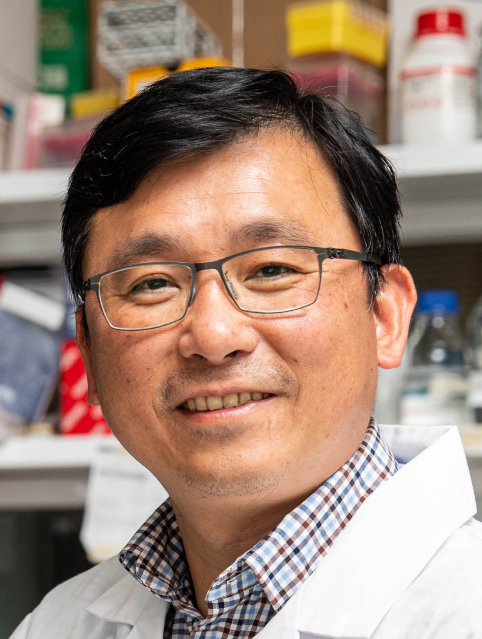Project Aim
Through surveys of Australians living with inherited retinal diseases (IRDs) our aim was to analyse the perspectives of patients regarding their understanding of and interest in both currently approved and future hypothetical gene therapy for retinal dystrophy, and a comparison between how approved and hypothetical gene therapies are viewed. This information would shed light on patient understanding, guide future gene therapy trials and treatments in Australia, and may be used by health economists to apply for government funding for gene therapy for IRD in the future.
Project Results and Impact
This study is the first comprehensive analysis of the perspectives of Australian people with IRD regarding understanding of and interest in gene therapy for retinal disease. Most of the survey respondents (92%) said that they would try gene therapy if it was available now to them or their family members for IRD. However, only 28.3% agreed that they had good knowledge of gene therapy and almost 60% of respondents did report at least one barrier to their future uptake of the treatment. Most obtained information about gene therapy from the internet (49.3%). Knowledge gaps were present regarding methods and outcomes of gene therapy. Most respondents saw economic value in treatment, with 79% agreeing that government subsidy would be an effective use of taxpayer money. This survey has shown high level of interest in the IRD community for gene therapies and highlights the importance of continued research and development into new therapies for people with IRDs.
Published peer-reviewed journal articles:
1. Mack HG, Chen FK, Grigg J, Jamieson R, de Roach J, O’Hare F, Britten-Jones AC, McGuinness MB, Tindill N, Ayton LN, for the Australian Ocular Gene Therapy consortium. Perspectives of people with inherited retinal diseases on ocular gene therapy in Australia: protocol for a national survey. British Medical Journal Open2021;11(6):e048361.
2. McGuinness MB, Britten-Jones AC, Ayton LN, Finger RP, Chen FK, Grigg J, Mack HG. Measurement Properties of the Attitudes to Gene Therapy for the Eye (AGT-Eye) Instrument for People with Inherited Retinal Diseases. Translational Vision and Science Technology2022;11(2):14
Webinar
The results of this research are discussed in the second part of this webinar which was held in May 2023.
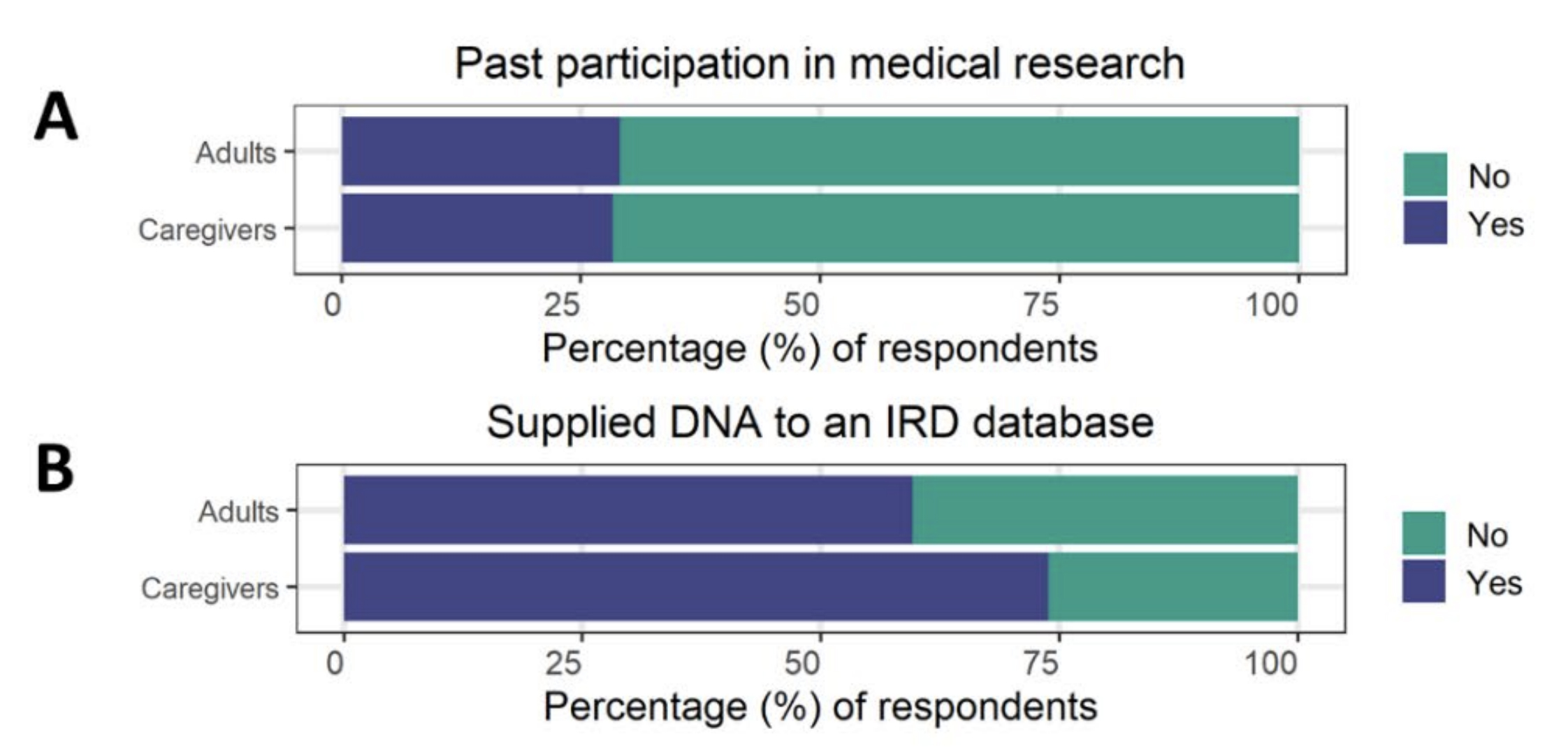
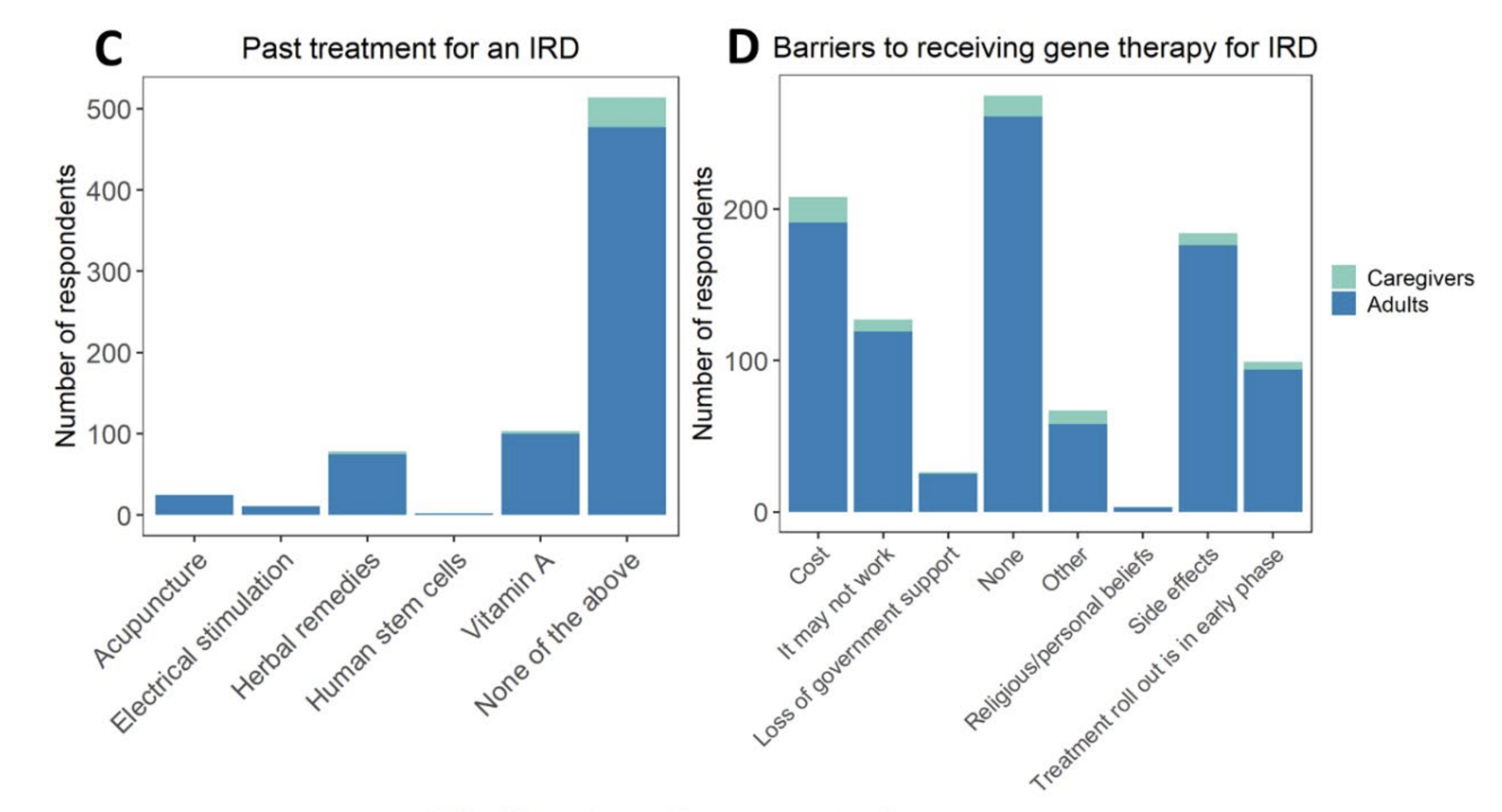

Sources

Chief investigator:
Associate Professor Heather Mack AM
Centre for Eye Research Australia/University of Melbourne
Co-investigator/s:
Professor John Grigg, Save Sight Institute, University of Sydney
Associate Professor Fred Chen,
Centre for Ophthalmology and Visual Sciences, incorporating Lions Eye Institute
Associate Professor Lauren Ayton, University of Melbourne / Centre for Eye Research Australia
Grant awarded:
$20,000 (2021)
Research Impact Reports
Establishing novel AAV gene editing for Usher Syndrome
Project Aim The aim of this project was to establish proof-of-concept for a new type...
Using RNA-silencing to tackle neuroinflammation in retinal degeneration
Project Aim The aim of this project was to develop...
Improving real-world mobility and assessing long-term safety outcomes with a retinal prosthesis (“Bionic Eye”)
Project Aim This project aimed to measure visual outcomes of...
RNA base editing strategies as potential therapeutic of inherited retinal dystrophies
Project Aim This study aimed to use a new genetic...

